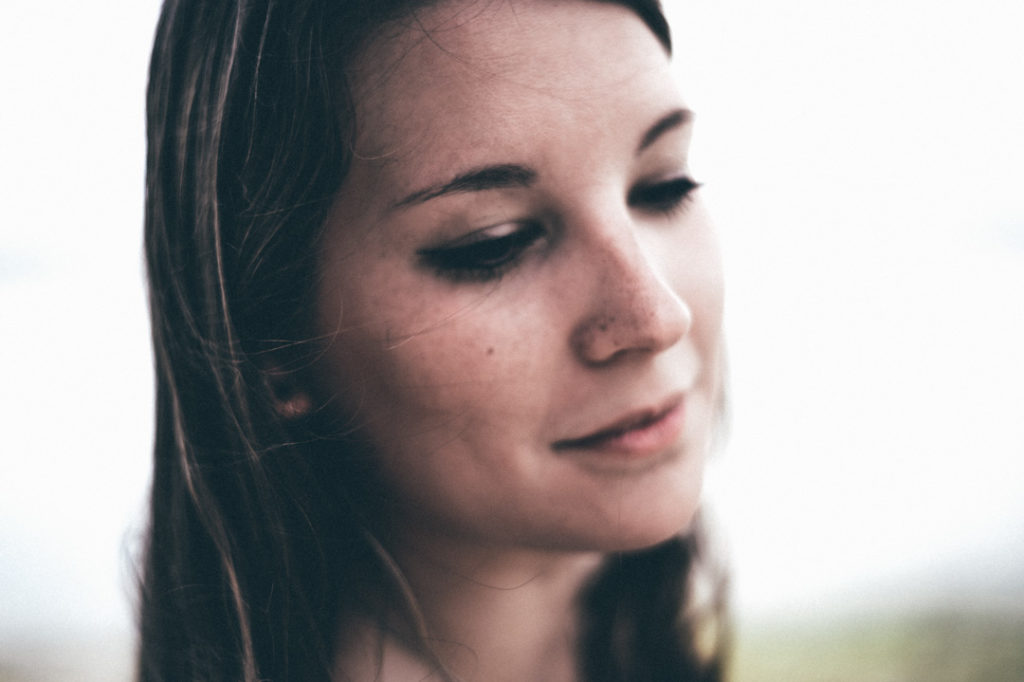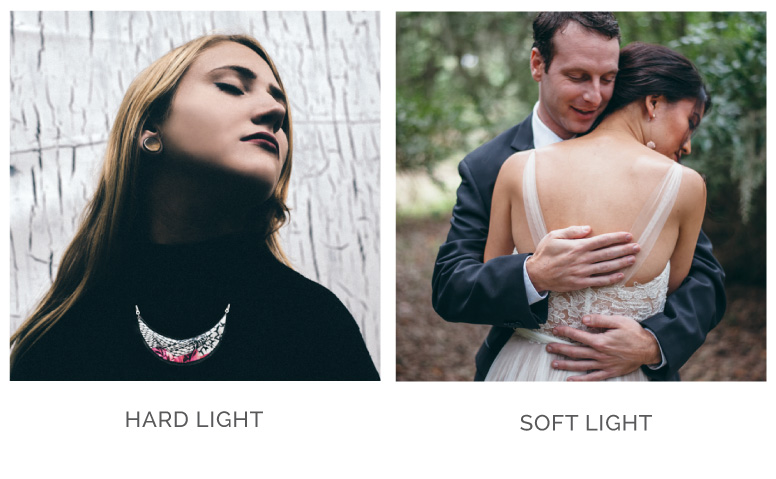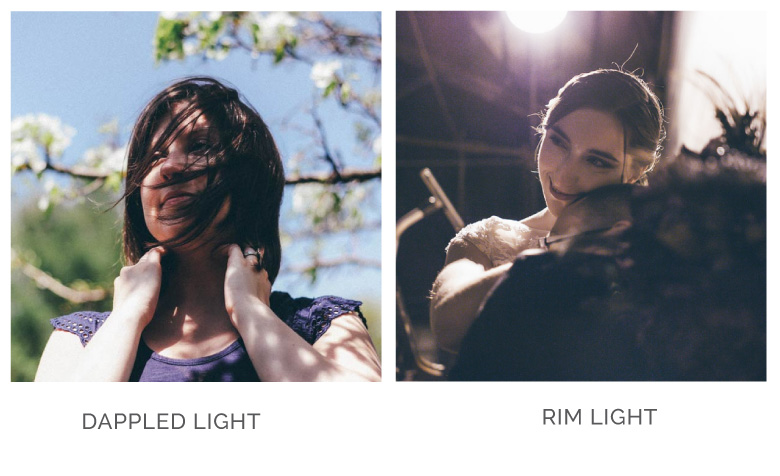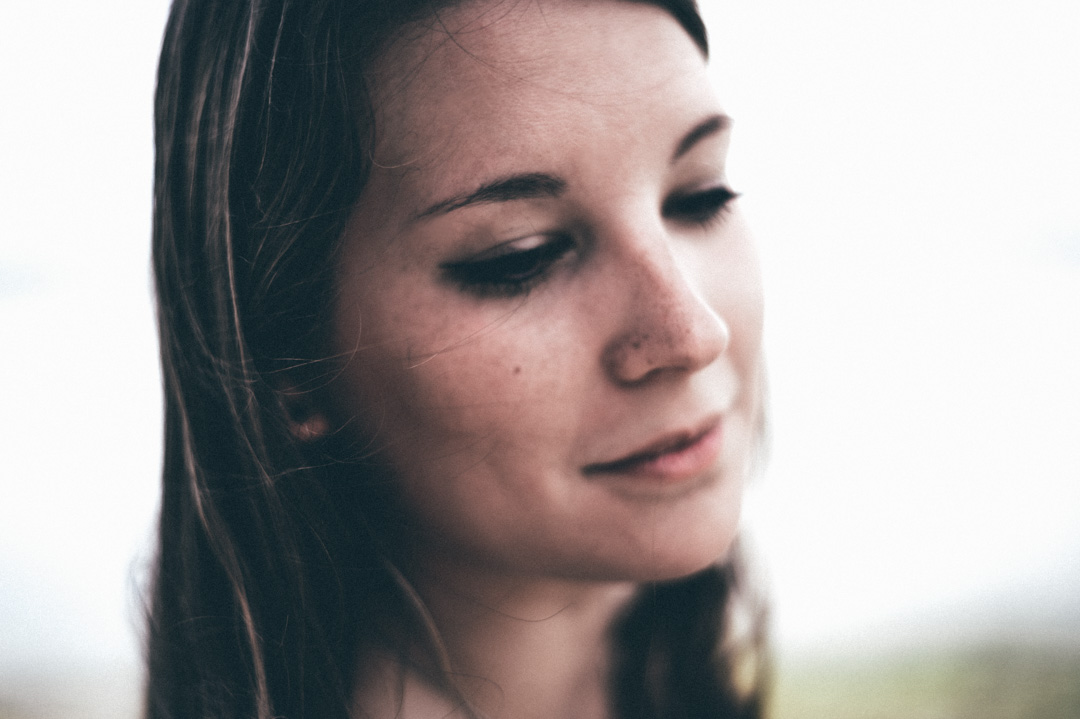You’ve probably heard photographers talking about lighting before. But why is it so important? And why is it important for you to know about lighting if you’re not the one taking the photos?
Well, by knowing just a little, you can really make the most of the time you have with your photographer. You’ll also be more comfortable in front of the camera understanding a little bit of what’s going on behind it and why.
Some of the reasons why it’s good to understand the wedding photography process:
One: there are small choices you can make in terms of location and timing (which I’ll talk about in future posts) that can help me get the best images possible for you. And they’re super easy. But more on that later.

Two: it will help you to figure out which styles you are drawn to when looking at a photographer’s portfolio. Are their images bright, light and airy, or more contrasty and moody? Do they experiment with different types of light or do they err more on the traditional side? None of these are “correct,” it just comes down to preference. Of course, there are many different things that define a photographer’s style-composition, subject matter, editing – and lighting is only one of them. Most photographers use a combination of different types of lighting, but we do tend to gravitate toward certain patterns that help define our style over time. Lighting is so important that photographers refer to a major part of shooting as finding the light. When you love a photograph, but can’t put your finger on why, it may very well be because of how the photographer used light. Great lighting can take a photo from okay, to amazing.
There are three main things to consider when talking about light: The quality, the source, and the direction.

THE QUALITY
The quality of light is mostly defined by the size of the light source, and the distance of that light source from the subject.
Hard light creates images that have more contrast: darker shadows and brighter highlights. It can be a little finicky, but if used correctly can have awesome results. The trick is to watch where those strong shadows are falling, and if those shadows are aesthetically pleasing. In the image below I was shooting in very strong sunlight, but by directing the model to tilt her head upward toward the source of light, I was able to get even lighting on her face with a strong shadow from her chin-down.
Hard light can be more difficult to work with when your photographer has less control over where it is falling. For example, if you’re having a ceremony in the middle of a sunny day. If you do happen to be planning a middle-of-the-day outdoor ceremony, don’t despair! I’ll have tips on that later on.
I think the important thing to remember is that hard light is not the enemy, despite what some might tell you. It’s just a little…misunderstood.
Soft light is characterized by less defined shadows and lower contrast. Puffy clouds blocking the sun, a large window, a soft box in a photography studio, or the golden hour before sunset (more on that later) are all sources of soft light. This type of lighting can be really beautiful, and pretty much every photographer loves using it at least sometimes, including me! It’s also just really flattering and atmospheric, which makes it great for portraits and getting-ready photos. In the image to the right, the trees around us provided open shade which softened the light.

THE SOURCE
The other factor involved when talking about lighting is the source – which can be natural or artificial. I mostly love using ambient light, but sometimes I use an off-camera flash either because it’s super dark in your venue, or because I just want to create an artistic effect. Artificial lighting doesn’t have to look artificial or harsh, either – by bouncing my flash off of a wall or ceiling or taking if off the camera, I can diffuse the light and soften it. This type of light can be really dramatic and cinematic.
The source, and how it is used, directly affects the quality of the light. A cloudy, reflective sky, which is a large light source, is going to result in soft light. A cloudless sky at noon is going to most likely result in very hard light. Why? Because without those clouds acting as a diffuser, the sun on its own is technically a very small and distant light source. A small, distant light source is going to produce harder light.

FUN EFFECTS
Dappled Light
This is a type of hard light created by light shining through an object with holes or spaces in it, often a tree’s branches. It creates little spots of light and shadow.
Rim Light
Rim light is sometimes called hair light, and you can see in the photo below why. This effect is achieved by having the light source behind you, with just a little halo of light peeking out and defining your outline.

THE DIRECTION
This one is pretty self-explanatory. Where is the light coming from? Are we backlighting (light coming from behind) or is the light coming from the side? Or head-on? The direction of the light is another thing to consider.
So what’s the takeaway? There’s no “right” light – it really depends on the situation, positioning, and style the photographer is going for. But light can definitely make or break a photo. The important thing is to find a photographer who pays attention to light, and understands the effect it has on images. Now you’ll also be less confused when you see me holding my hand out in front of me, or making strange faces while scouting a location. That’s just my “finding the light” face. Sorry.
This is only scratching the surface when it comes to lighting but hopefully you learned a bit! Now that you know a little about lighting, in the next article we’ll talk about the super easy things you can do to help your photographer get the best images possible.
xxx Kathleen

COMMENTS +